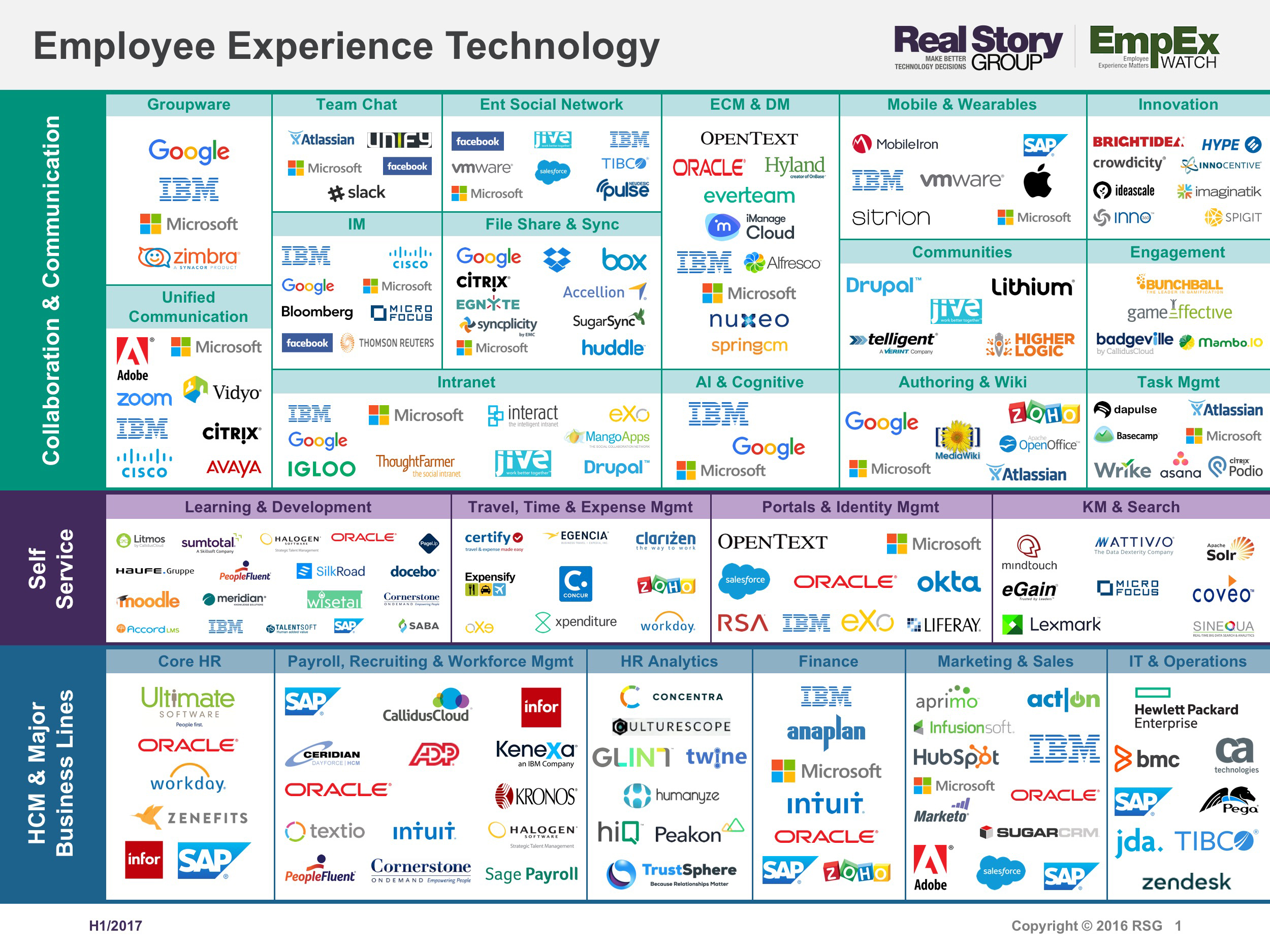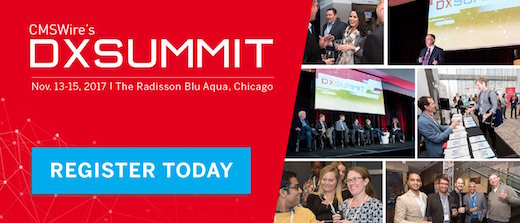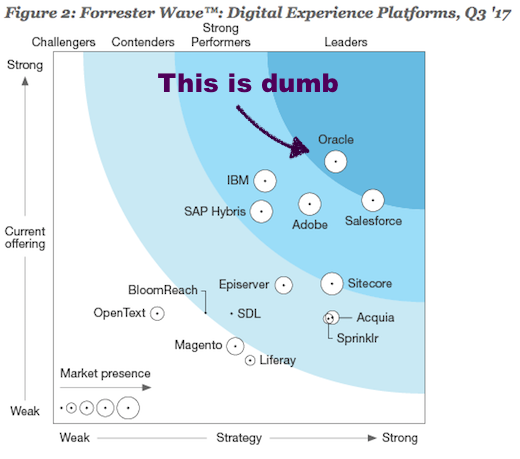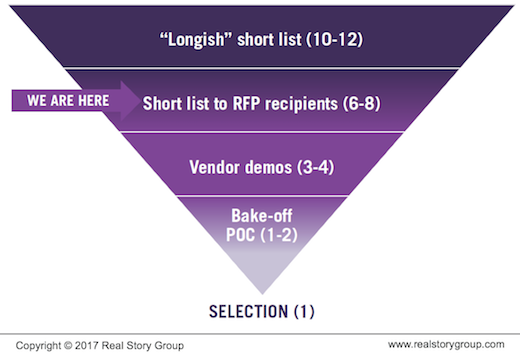eXo Platform quietly goes for Cloud and Mobile
The open source eXo portal platform released their latest version 3.5 last week. eXo platform is a "portal-like" offering that we cover in our Portals and Content Integration report. It's based on the GateIn open source portal container that eXo co-developed with Red Hat JBoss.
You'll find a few new features in the latest release (e.g., a wiki module), an updated look and feel, as well as various functional improvements. However, as with so many vendors, the focus here is really on cloud and mobile.
First, mobile: eXo released mobile clients for Android and iOS devices. Fine.
The bigger story is around cloud. The new version of eXo supports multi-tenancy, and can be used by organizations to white-label as a service. eXo says they plan to offer their own cloud service later this year. Calling it User Experience Platform As a Service (UXPaaS), eXo will be offering it as "eXo Cloud Workspace" (currently in private beta). It's not clear yet if their partner JBoss will also provide that service or not. eXo could also end up competing with other vendors who chose to white-label it as their own service, which could get tricky for you the customer.
eXo claims to be the first "cloud ready" portal platform. That's only partially true because their cloud offering will not contain a full set of portal features. In the initial release, the cloud version only offers a subset, under the auspices of what it calls Social Intranet. That's not too bad, though, because it aggregates some useful services: a wiki, discussion forum, document libraries, and shared workspaces. You will also be able to do some development using eXo's web-based IDE. But the more advanced features of eXo's portal platform (such as web publishing) will not be available.
You may note a few similarities between what eXo has done and Alfresco's new release that I just blogged about (both of them, incidentally, are commercial open source platforms).
Both of their cloud offerings are expected to have similar features that include activity streams, dashboards, workspaces, document libraries, and a wiki. Both of them also follow a similar membership model resembling that used by Yammer, based on your email domain. So for example, I can create a workspace based on adurga @ realstorygroup . com ID, and my colleagues can join that workspace.
The other interesting similarity comes in mobile offerings. Both have chosen to go with native apps and not HTML5-based web apps. They're concluding that for document- and collaboration-heavy scenarios, native still rules over web. Just remember that this strategy can run counter to enterprise bring-your-own-device policies.
While both vendors produce a different messaging, the products themselves contain overlapping features. So the lesson here is to look beyond the marketing hype and check out the real functionality (not to mention the vendor itself!). We will of course dig deeper to uncover the real customer experience, and provide more details in our reports and advisory papers.








